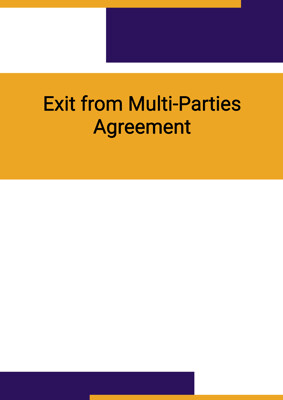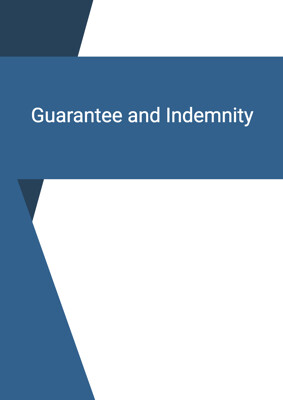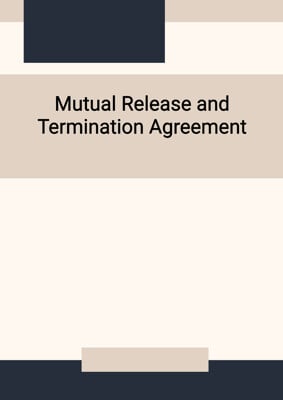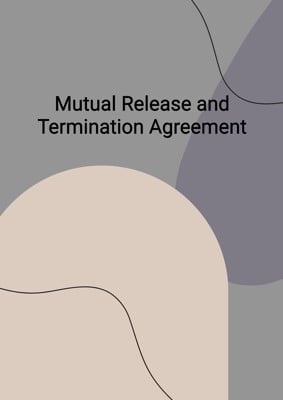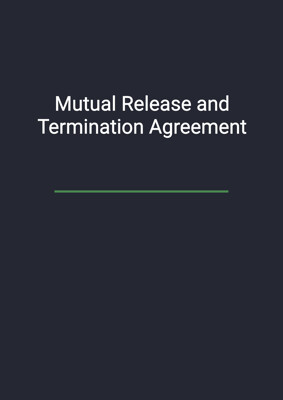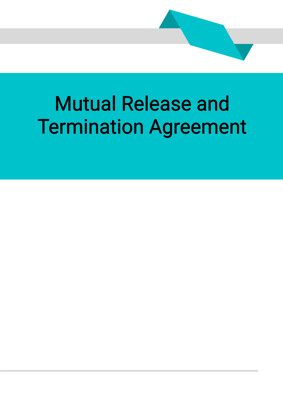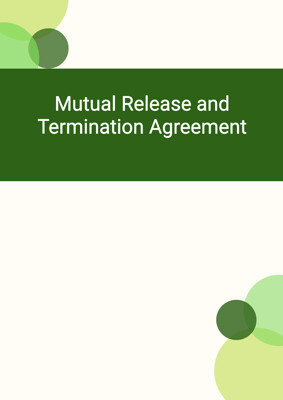
Guarantee and Indemnity
Loan Facility
A Deed of Guarantee and Indemnity is a legally binding document under which one party agrees to guarantee and indemnify another party under another legal contract, usually a loan agreement. In the deed, the guarantor will agree to unconditionally and irrevocably guarantee and indemnify the Lender from time to time of all obligations, liabilities and undertakings and will waive their right to protest or demand for payment. The guarantee will also be continuing and successive.
How to Tailor the Document for Your Need?
01
Create Document
Fill in the details of the parties. You can click the "Fill with Member’s Information" button to complete it with information saved to your account.
02
Fill Information
Please fill in any additional information by following the step-by-step guide on the left hand side of the preview document and click the "Next" button.
03
Get Document
When you are done, click the "Get Document" button and you can download the document in Word or PDF format.
04
Review Document
Please get all parties to review the document carefully and make any final modifications to ensure that the details are correct before signing the document.
Document Preview
Document Description
The document titled 'Guarantee and Indemnity' is a deed of guarantee and indemnity made by the Guarantor in favor of the Lender. The document is important as it outlines the obligations and liabilities of the Guarantor in the event that the Borrowers fail to perform their obligations under the loan facilities agreements.
The document begins with a detailed introduction, stating that the Guarantor agrees to pay any amount and perform any obligation under the facilities agreements if the Borrowers fail to do so. The Guarantor's obligations are described as primary and unconditional, guaranteeing and indemnifying the Lender for all sums payable under the facilities agreements.
The document further specifies that the Guarantor's obligations are not affected by any delay in demanding payment or any unenforceability, invalidity, or illegality of the facilities agreements. The Guarantor waives certain rights and notices, including notice of acceptance and notice of default or non-payment.
The guarantee and indemnity provided by the Guarantor is described as a continuing guarantee, covering any ultimate balance due under the facilities agreements. The Lender is not required to exhaust recourse against the Borrowers or any securities before seeking payment from the Guarantor.
The document also includes representations and warranties made by the Guarantor, ensuring that the Guarantor has the power to enter into and perform the deed, and that the deed is legally binding and enforceable. The Guarantor undertakes not to prove in bankruptcy or claim payment from the Borrowers without the Lender's consent.
Amendment, notice, succession, jurisdiction, severability, and no rights for third parties clauses are also included in the document.
In conclusion, the 'Guarantee and Indemnity' document is a detailed deed that outlines the Guarantor's obligations and liabilities in guaranteeing and indemnifying the Lender for any sums payable under the loan facilities agreements.
How to use this document?
To use the 'Guarantee and Indemnity' document effectively, follow these steps:
1. Understand the importance: Recognize the significance of the document as it outlines the Guarantor's obligations and liabilities in guaranteeing and indemnifying the Lender.
2. Familiarize with the introduction: Read the detailed introduction of the document to gain a comprehensive understanding of its purpose and scope.
3. Review each section: Go through each section of the document, including the guarantee and indemnity clauses, representations and warranties, and other provisions.
4. Ensure legal compliance: Confirm that the Guarantor has the power to enter into and perform the deed, and that the document complies with applicable laws and regulations.
5. Seek legal advice if necessary: If you have any doubts or questions regarding the document, consult with a legal professional to ensure clarity and compliance.
6. Maintain communication: Establish effective communication channels with the Lender to address any concerns or queries related to the document.
7. Keep a record: Maintain a copy of the executed document and any related correspondence for future reference.
8. Regularly review the document: Periodically review the 'Guarantee and Indemnity' document to stay updated on your obligations and any changes that may occur.
By following these steps, you can effectively utilize the 'Guarantee and Indemnity' document and ensure compliance with its terms and conditions.
Not the right document?
Don’t worry, we have thousands of documents for you to choose from:
